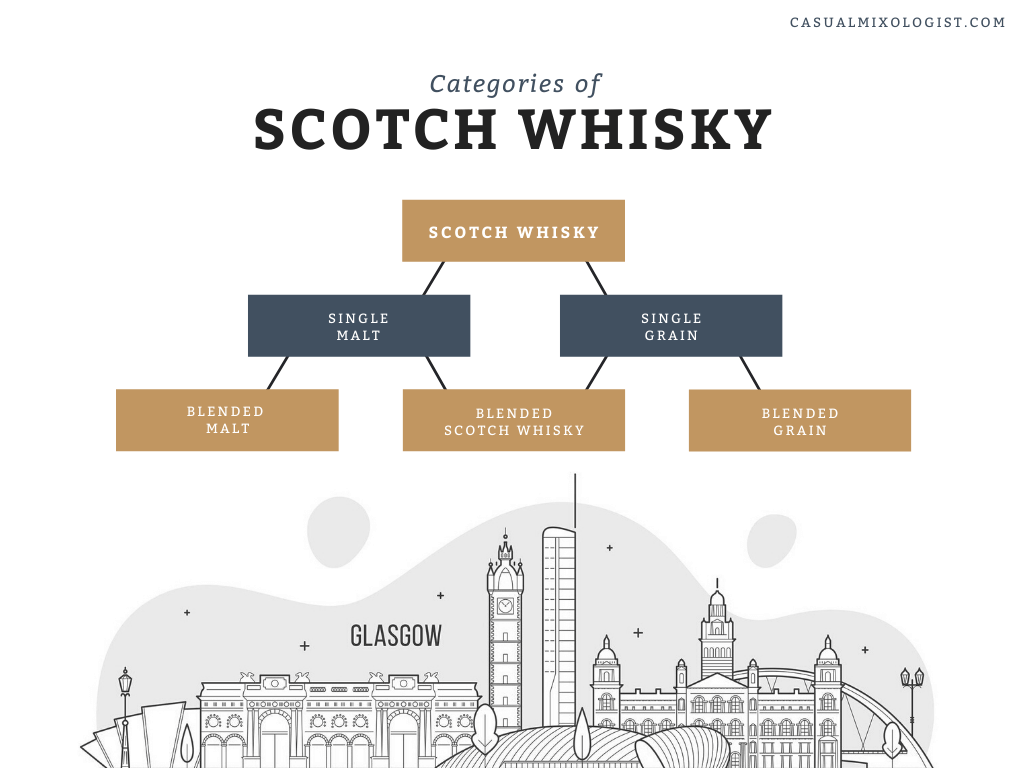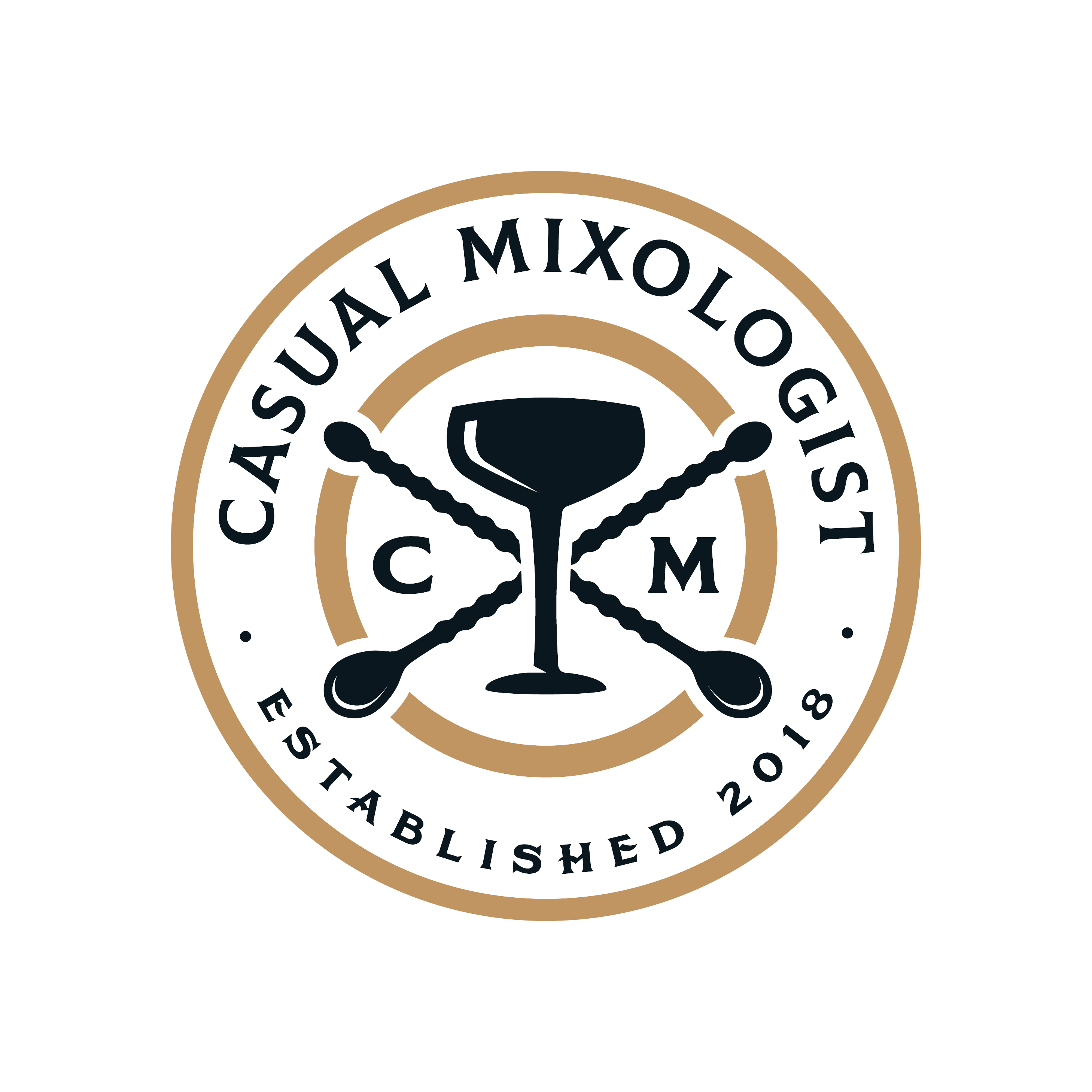Its story is one of history and time, outlaws and legends, spanning across continents and taking root in new lands. Welcome to the wild, wonderful world of whiskey. While fully understanding the depth and complexity of whiskey and its history could take years, this post is a solid foundation to build upon, especially if you’re willing to commit to plenty of whiskey tastings for practice!
What Is Whiskey?

At its core, whiskey is simply aged grain alcohol that has been barrel-aged. It is distinguished by its variations in ingredients, country of origin, blending, barrelling, and aging process. The most popular kinds of whiskey are Scotch, bourbon, and rye, though there are many others, originating everywhere from Ireland to Japan. Each type of whiskey has a distinctive flavor and a storied past that makes it unique. We think they’re all worth getting to know a little better, but for now we’ll focus on a few favorites.

What Is Scotch Whiskey?
Best known for its fighting spirit and rich traditions, Scotch whisky–no ‘e,’ thank you very much, more on spelling below–or Scotch, is a trademark of its native country of Scotland. Originating in the late 12th century as the life-sustaining medicinal aqua vitae, Scotch has evolved over several hundred years into the beloved form that it takes today. Scotch has very strict regulations set by the Scotch Whisky Regulations of 2009.
First, the only whisky that may be produced in the country of Scotland is Scotch whisky, and Scotch whisky may only be produced at approved distilleries in Scotland. Second, the Scotch must be distilled at a distillery from water and malted barley, ‘to which only whole grains of other cereals may be added,’ at an ABV of less than 94.8%, and matured for a period of no less than three years. Also, fun fact: the age label on the bottle indicates the age of the youngest whisky used in that batch, not the oldest.

There are two types of Scotch whisky from which all blends are made, with perhaps the most recognizable type being single malt, which is made of only water and malted barley and created at a single distillery. By contrast, single grain means the scotch was distilled at a single distillery but whole grains or other malted or unmalted cereals were added to the water and barley mixture.
While many enthusiasts prefer their Scotch served neat or with a simple side of spring water or ice in a rocks glass, Scotch also shines in cocktails like the Blood & Sand or Bobby Burns.
What Is Bourbon Whiskey?
Another whiskey tied to its place of origin is bourbon, which is a uniquely American love story. Unlike the peaty Scotches that bring to mind the seeping chill of the Scottish highlands, bourbons age in the endless summers of the American South. Though by law bourbon can be from anywhere in the United States, it is generally associated with Kentucky, home of some of the most popular bourbon brands, including Jim Beam and Buffalo Trace. Distilled from corn mash, bourbon acquires its signature flavor by aging for seven-10 years in charred oak barrels.
The term bourbon is regulated by a strict set of standards, so in order for a whiskey to be called a bourbon, the mash mixture must contain at least 51% corn and the mash must be distilled at 160 proof or less. It also cannot contain additives. The spirit must then be aged in a new charred oak barrel.
Frequently served neat, bourbon is known for rich notes of butterscotch and caramel, as well as undertones of fruits, florals, and spices. For mixologists, bourbon pairs beautifully with liqueurs like Campari, herbs, and citrus in everything from Whiskey Sours and Boulevardiers to Manhattans.
What Is Rye Whiskey?
Perhaps more than any other type of whiskey, rye has made great contributions to the spirit’s comeback during the cocktail renaissance of the past 20 years. American rye whiskey–held to rigid standards, never to be confused with its lawless Canadian cousin–is distilled from a mash that contains no less than 51% rye grain, as well as corn and barley. Like bourbon, it must be aged in new oak barrels that have been charred to impart rye’s distinctive color and spice.
Although you can certainly drink rye straight, the spirit really shines in cocktails due to its ability to bring in the distinct flavors of whiskey without being overly sweet. A hero in the cocktail world, rye has been known to tempt a whole new generation of cocktail drinkers with classic fare like Sazeracs and Vieux Carrés as well as richly reimagined twists on old favorites. Personally, we hope you try them all.
Spelling: Whiskey or Whisky?
Confusing as it is, both spellings of the word are actually correct depending on the country of origin. If the spirit was distilled in Scotland, Canada, or Japan, the word whisky is spelled without the ‘e’. However, when you refer to spirits made in Ireland or the United States, you should use the ‘e’ and spell it ‘whiskey’. We do our best to remember to use the correct spelling, but sometimes forget, so if you’re part of the grammar police, please stay far far away!






